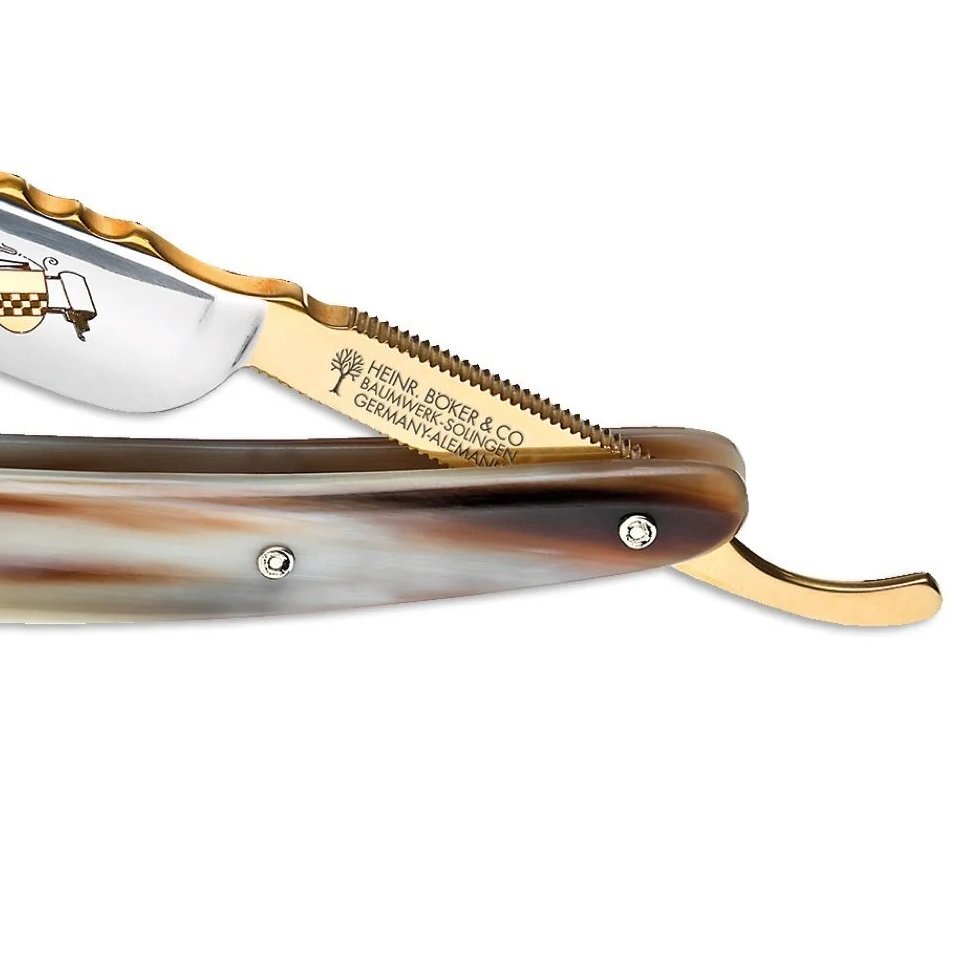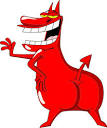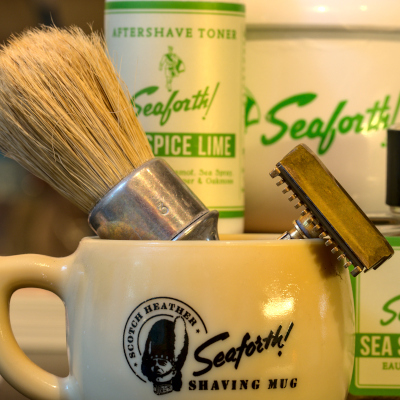This video demonstrates one of the best examples of technique I have seen to date. It is similar to my own technique.
A minor difference would be that this gentleman is using a Soft Suita and Hard Suita, where as I prefer a Soft Suita and Hard Kiita.
For those looking to start with jnats, or refine technique, I find this video a must watch. The techniques shown here are not just limited to Japanese naturals, and can be implemented on other naturals and synthetics, with minor changes in expectation.
Another key point touched on this, that is often overlooked and undervalued, is palm stropping. In my opinion and experience, palm stropping is a must when finishing.
Thanks for the link! And nice to see you around here again!
You’re welcome! And thanks! Apparently I’d been logged out and missing a ton of conversation.
Cool. How’d you stumble across the video? Just a regular YouTube search?
Yeah, I’d just stumbled on it one night some time ago when trying to learn more about Tim Zowadas method.
Going on the to watch list, thanks!
This is a low more involved than my two synths approach, lol
Why do you think palm stropping is important? How is it’s effect different from stropping on a regular leather strop?
I can’t imagine it is much different from stropping on leather, with the exception that I don’t have to really do anything than give it some laps in hand, vs moving over to where my strop is and making sure the blade is free from any left over slurry. So… convenience? 😅
Convenience is a good enough reason 🙂
I’ve seen videos from TheJapanStone before and I appreciate his approach. I have a set of four Jnats (Omora, Suisa, Meara, Aoto) along with tomo nagura and a Hakka nagura that I have used in a sharpening sequence for Japanese knives. I later added my Ozuku stone as a final polisher for Yanagiba knives. I found that I enjoyed using an all-Jnat sequence but they are frustratingly slow and, in the end, I decided produce no significant benefit. After my initial blush with them, I only used them if someone specifically asked that their knife be sharpened entirely on Jnats. I only had one request for this. Nowadays, I only use Jnats (Ozuku, Nakayama, assorted nagura) for razors where I think their uniqueness is makes more of difference to the user experience.
And apologies, I have not found palm stropping to be worthwhile [ based on before/after microscope views ], but I have found the stropping he does on the Kanayama in between finishing stone passes to be very significant for the final edge. Your edges are excellent, though, so you should absolutely stay with what works for you :)
No apologies necessary! It’s not often we disagree, but it’s healthy for discourse and learning that we do!
I first picked up palm stropping, between finishing sets of laps, after seeing it recommended by Tim Zowada. After incorporating it, it was later reinforced to me by Sprecher and keyhole. I have noticed a difference when looking under the scope (though admittedly not as advanced as yours). A very minor reduction in the toothiness on the apex. Likewise with going to linen before the final sets, and then finishing on clean linen/ leather.
Maybe this is a result of our difference in technique? Hard to say, but if you say you haven’t seen a difference, I believe it.
Eta: Also, another area I differ from Zowada is half strokes. I found I prefer full strokes to half.
Maybe this is a result of our difference in technique? Hard to say, but if you say you haven’t seen a difference, I believe it
🤔 Maybe @gcgallant’s hand is just not as good as yours for stropping?
🤔





